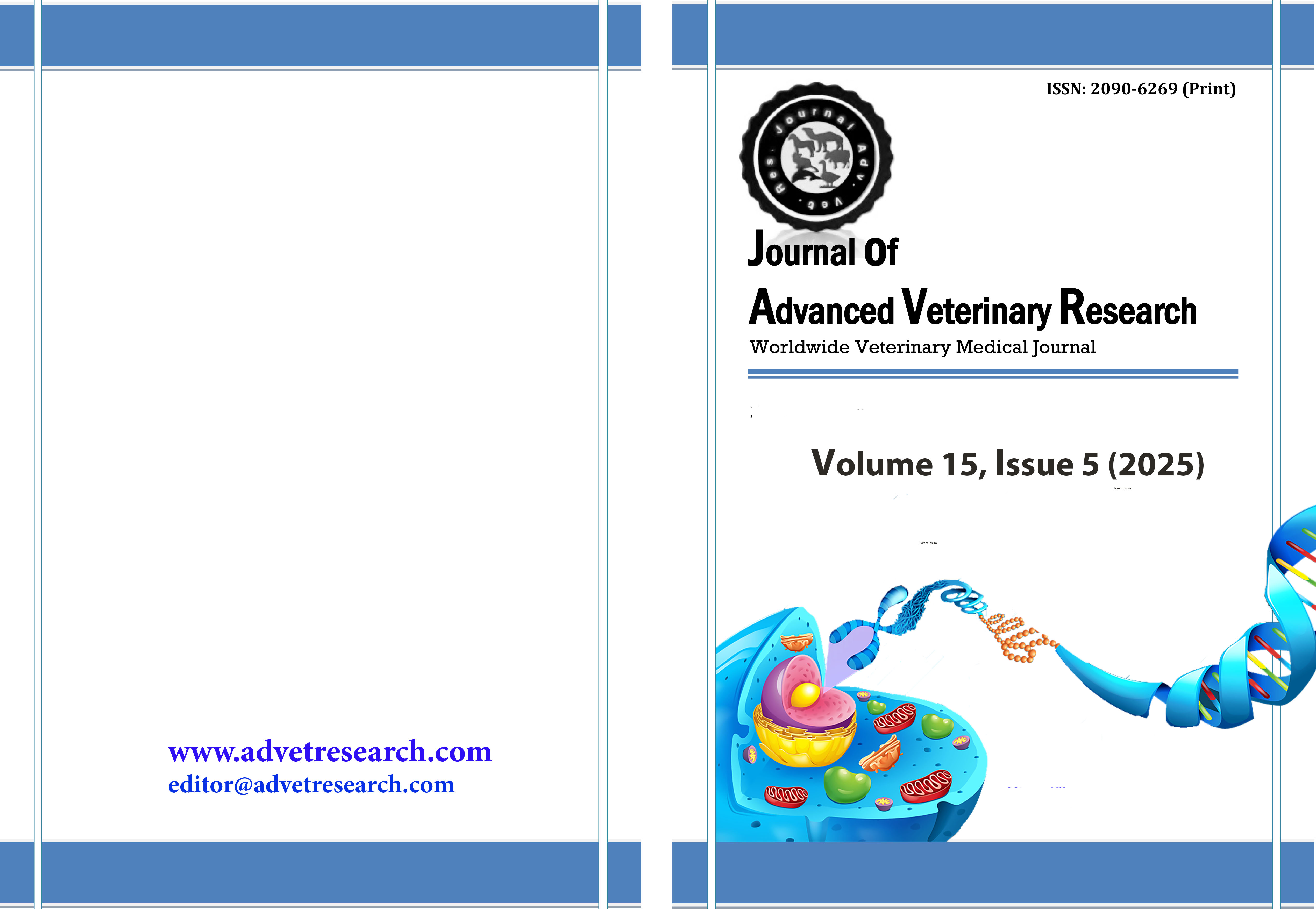Comparative evaluation of different semen extenders on reproductive performance in Nunukan chickens
Keywords:
Nunukan chicken, Semen extender, Reproductive performanceAbstract
This study evaluated the effectiveness of five different semen extenders on sperm quality and reproductive performance in Nunukan chickens, an indigenous breed from North Kalimantan, Indonesia, to support conservation through artificial insemination protocols. Semen was collected from adult Nunukan roosters (10-12 months) and diluted with five extenders: NaCl 0.9% (T1), Ringer's solution (T2), NaCl + 15% egg yolk (T3), Ringer's solution + 15% egg yolk (T4), and Beltsville Poultry Semen Extender (BPSE) (T5). Sperm motility and viability were assessed every 30 minutes for 180 minutes during storage at 4°C. Artificial insemination was performed on 25 hens (5 per treatment) using 0.1 mL diluted semen containing 1×10⁸ active spermatozoa after 1-hour storage when motility and viability remained high, and fertility and hatchability rates were evaluated. BPSE demonstrated superior sperm preservation, maintaining 73% motility and 82% viability after 180 minutes, while egg yolk-supplemented extenders showed intermediate performance (NaCl+EY: 35% motility, 32% viability; Ringer's+EY: 38% motility, 35% viability) and basic extenders performed poorly (NaCl: 12% motility, 18% viability; Ringer's: 15% motility, 22% viability). Fertility rates ranged from 74-83% across treatments with no significant differences (p>0.05), while hatchability rates varied from 61-74%, with BPSE achieving 73% comparable to natural mating (74%). All extenders preserved reasonable reproductive performance for short-term storage, particularly BPSE, which provided optimal preservation, while egg yolk-supplemented formulations served as practicable alternatives for artificial insemination in breeding programmes for Nunukan chickens.
Downloads
Published
How to Cite
Issue
Section
License
Copyright (c) 2025 Journal of Advanced Veterinary Research

This work is licensed under a Creative Commons Attribution-NonCommercial-NoDerivatives 4.0 International License.
Users have the right to read, download, copy, distribute, print, search, or link to the full texts of articles under the following conditions: Creative Commons Attribution-NonCommercial-NoDerivatives 4.0 International (CC BY-NC-ND 4.0).
Attribution-NonCommercial-NoDerivs
CC BY-NC-ND
This work is licensed under a Creative Commons Attribution-NonCommercial-NoDerivatives 4.0 International (CC BY-NC-ND 4.0) license




